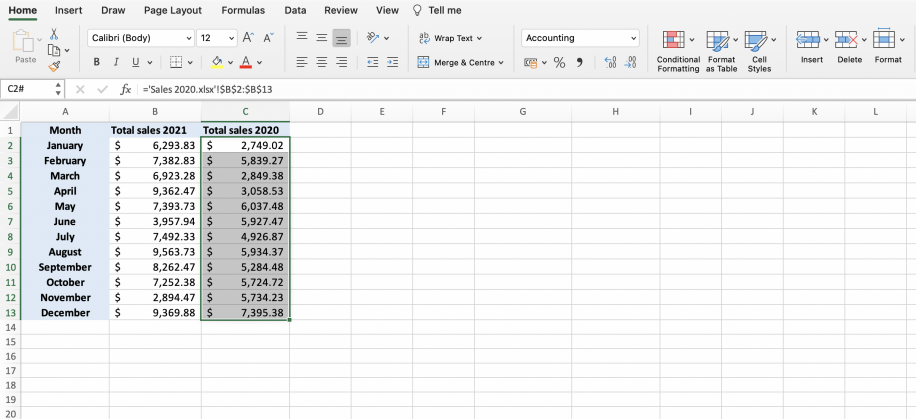3 Ways to Reference Sheet Names in Excel Easily

Excel has become an indispensable tool for managing and analyzing data in various settings, from personal use to large business operations. A pivotal aspect of working with Excel efficiently is mastering the way you reference data across multiple worksheets. This blog post delves into three straightforward methods to reference sheet names in Excel, making your workflow smoother and your data management more robust.
1. Direct Reference

The most basic way to reference data from another sheet in Excel is through a direct reference. This method is straightforward and works by simply typing the sheet name followed by an exclamation mark and then the cell or range reference. Here’s how you can do it:
- Open the workbook where you wish to create the reference.
- Navigate to the cell where you want the reference to appear.
- Type the formula: =SheetName!CellReference, e.g., =Sheet2!A1.
This method is ideal for occasional references, especially when you're dealing with a limited number of sheets. However, it becomes cumbersome if you need to reference multiple cells or if the sheet names change frequently.
🔍 Note: Excel is case-insensitive for sheet names, but to avoid confusion, keep the capitalization consistent.
2. Using INDIRECT Function

The INDIRECT function in Excel is a powerful tool when dealing with dynamic references. It allows you to construct a cell reference as a text string and have Excel interpret it as a direct cell reference. Here’s how you can use it:
- In a cell, enter the sheet name you want to reference. For example, in A1, you might type "Sheet2".
- Next to it, enter: =INDIRECT(A1&"!A1"), which will look up cell A1 in Sheet2.
This method has several advantages:
- It allows for dynamic sheet references. If you change the name in cell A1, the reference updates automatically.
- You can combine INDIRECT with other functions for more complex calculations, like using it with MATCH or VLOOKUP for variable lookups.
The downside is that indirect references slow down the workbook since Excel needs to evaluate these references at each calculation cycle.
💡 Note: Be cautious with INDIRECT as it can lead to #REF! errors if the referenced sheet does not exist or if the reference structure is invalid.
3. Employing Excel VBA for Advanced References

For users comfortable with coding or those requiring more complex referencing solutions, Visual Basic for Applications (VBA) provides a way to handle references more effectively:
- Open the VBA Editor: Press ALT + F11.
- Insert a new module: Click Insert > Module.
- Enter the following code:
Function GetSheetName() As String
GetSheetName = ActiveSheet.Name
End Function
- In a cell, enter the formula: =GetSheetName()
This function will return the active sheet's name. Here's how you can expand on this:
- Use VBA to reference cells: You can create functions or subroutines to reference cells from specific sheets or dynamically from any sheet.
- Automate workbook interactions: VBA can help in automating tasks where sheet names change frequently.
This method offers a high level of customization but comes with the overhead of understanding VBA, which might not be accessible to all users.
💾 Note: Always back up your workbooks before experimenting with VBA code to prevent accidental data loss.
By mastering these three methods of referencing sheet names in Excel, you can improve your data handling, increase productivity, and enhance your analytical capabilities. Each method has its place:
- Direct Reference for simple, static references.
- INDIRECT Function for dynamic and complex data manipulation.
- VBA for advanced customization and automation.
In conclusion, understanding how to reference sheets in Excel is not just about technical proficiency; it's about optimizing your workflow, reducing errors, and extracting the maximum value from your data sets. Whether you're a beginner or an advanced Excel user, incorporating these techniques into your repertoire can significantly enhance your data management skills.
What is the difference between direct and indirect references in Excel?

+
Direct references are static; they directly point to a cell or range in another sheet. Indirect references, on the other hand, use text strings to construct references dynamically, which can change based on other cell values or functions like INDIRECT.
Can I use VBA without knowing how to program?

+
While a basic understanding of programming principles is beneficial, Excel’s VBA environment provides macro recording tools that generate code automatically. This allows users without programming knowledge to leverage VBA for certain tasks.
How do I avoid errors when using indirect references?

+
To minimize errors with INDIRECT, ensure that the references exist in the workbook. Use IFERROR or ISERROR to handle potential errors gracefully. Also, verify the structure of your references to avoid #REF! errors.



